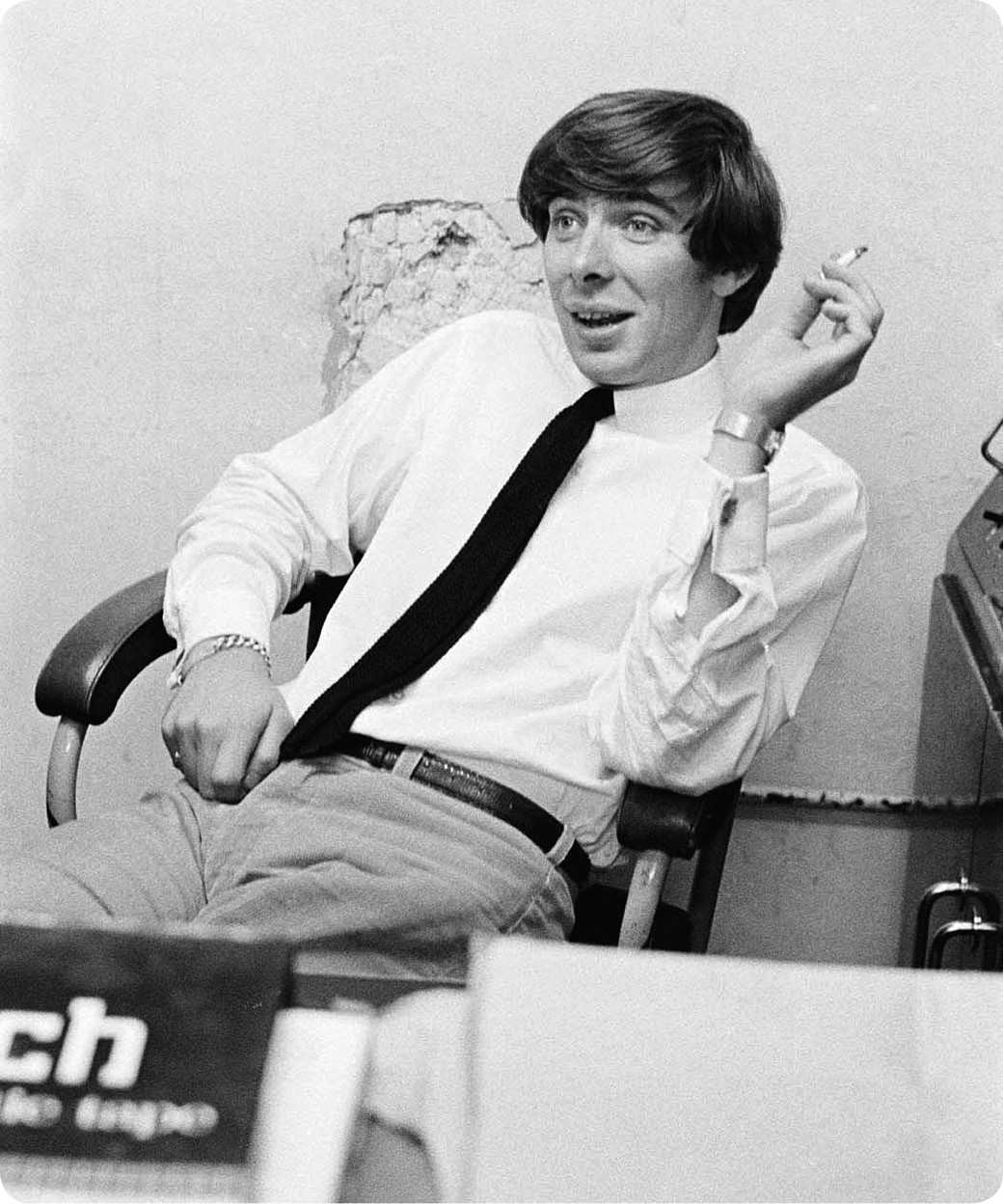PLUME
An imprint of Penguin Random House LLC
375 Hudson Street
New York, New York 10014

First published in the United States of America by Blue Rider Press, an imprint of Penguin Random House LLC, 2014
First Plume printing 2015
Plume ISBN 978-1-101-61465-5
Copyright 2014 by Glyn Johns
Penguin supports copyright. Copyright fuels creativity, encourages diverse voices, promotes free speech, and creates a vibrant culture. Thank you for buying an authorized edition of this book and for complying with copyright laws by not reproducing, scanning, or distributing any part of it in any form without permission. You are supporting writers and allowing Penguin to continue to publish books for every reader.
 REGISTERED TRADEMARKMARCA REGISTRADA
REGISTERED TRADEMARKMARCA REGISTRADA
Sections from Stones European Tour, Spring 1957 previously published in stu by misc; 2003 by Out-Take Ltd.
The Library of Congress has catalogued the Blue Rider Press hardcover edition as follows:
Johns, Glyn, date.
Sound man / Glyn Johns.
p. cm.
ISBN 978-0-399-16387-6
1. Johns, Glyn, 1942 2. Sound recording executives and producersUnited StatesBiography. I. Title.
ML429.J636A3 2014 2014027145
781.49092dc23
[B]
Penguin is committed to publishing works of quality and integrity. In that spirit, we are proud to offer this book to our readers; however, the story, the experiences, and the words are the authors alone.
Version_2
For Dilys and Christopher
CONTENTS
PREFACE
S omeone asked me the other day: What exactly does a record producer do? My answer was: You just have to have an opinion and the ego to express it more convincingly than anyone else. Every time I start another project I wonder if I am going to get found out.
So much of what any of us achieve in life has a massive element of good fortune attached. In my case, you can start with being born in 1942, which tipped me out into the workplace just as things were getting interesting in the music business, along with a whole host of artists who were to change the face of popular music. They were to drag me with them on the crest of a wave through an extraordinary period of change, not only in the music they were writing and performing but in the structure of the industry itself. Every now and then, when the opportunity presented itself, I would try to express my opinion more convincingly than anyone else, and there were a few who took notice.
I started working as a recording engineer in 1959, just before the demise of the 78. It was the beginning of the vinyl age. Mono was the thing and stereo was only for hi-fi freaks.
Bill Haley and His Comets had started the American rock and roll invasion in Britain in the mid-fifties, and it had been rammed home by Elvis, Fats Domino, Jerry Lee Lewis, and Chuck Berry, to name but a few. They dominated the charts in the UK, along with ballad singers like Doris Day, Tony Bennett, and Perry Como. British artists were just copying whatever was arriving from across the pond, even singing with an American accent. There had not as yet been a homegrown response. Music was still extremely safe and somewhat insipid in comparison to what was to follow.
The record industry as we know it now was in its infancy. In England they were grappling with the trickle before the floodgate opened to the changes that were about to take place. Those in charge had no concept of what was about to happen and most certainly did not lead the way. As a result, some of them fell by the wayside, others were led by the nose, and some were clever enough to sit back, keep quiet, and allow themselves to be carried through the next few years by the explosion of youth that was to take over.
The ensuing years were full of excitement, much adrenaline, many dawn choruses, and extremes of every emotion you can imagine. I was blasted through my youth into middle age with an extraordinary combination of creative people, sounds, rhythm, and lyrics in a period of time that I believe is unlikely to ever be repeated. I have been extremely fortunate in witnessing firsthand some wonderful moments with some truly fantastic, innovative artists while making records as an engineer and producer over the last fifty years, and watching the creative process change into something almost unrecognizable from where I started. All this while plowing my way through the minefield of the business and the incredible cast of characters it threw upmanagers, lawyers, entrepreneurs, promoters, publishers, and so-called executives, large and small.
AT IBC STUDIOS IN THE SIXTIES.
Early Years
I have no idea why my mother took me as an eight-year-old to join the parish church choir. My father was an atheist, and she drifted in and out of Christianity throughout her life, never attending church on anything like a regular basis until my father retired many years later. Perhaps it was because I had shown an interest in it at school, although my only memory of singing in the choir at my primary school was, when I was five, being pulled out of line and slapped on the calf by an extremely rotund Miss Butterworth for talking when I should have been listening. I remember this incident clearly and have often wondered why, as I can recall very little else from those early years. Maybe it was the vicious expression on her fat face. I remember she bit her bottom lip as she applied her hand to my bare leg with as much force as she could muster. I was embarrassed and cried and could not understand the satisfaction she seemed to get from the experience.
There I was, committed to two choir practices a week, on Tuesdays and Fridays, three services on Sunday, and as many weddings on a Saturday that required the services of the boy sopranos. Weddings were the best because we got paid for them. At first, I got nine pence for each one, which increased to one shilling and sixpence when I eventually became head chorister. So if we did three or four weddings on a Saturday the proceeds would go a long way in Lowmans store, with a lot left over for the odd puncture kit for the bike or a visit to the local indoor swimming pool. Four Old English pennies to get in and three to buy a bag of hot chips from the fish and chip shop on the way home.
My life very quickly began to revolve around the church and the two-and-a-half-mile walk to and from it. It would take me past Lowmans and on to the churchyard with its narrow, winding asphalt path that threaded its way through tilting ancient gravestones leading straight past the vestry to the west door of the church. The path was faintly lit with sparsely placed lampposts, which on a foggy night in midwinter threw a mysterious damp haze on the gravestones and the gathering of young boys waiting impatiently for the arrival of our great leader, Mr. Felton Rapley, the choirmaster and extremely accomplished organist of St. Martins Parish Church in Epsom.

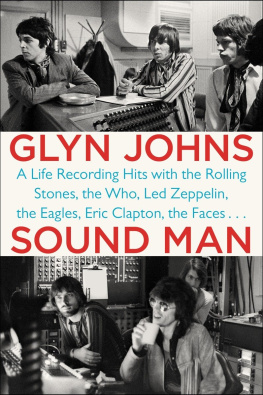
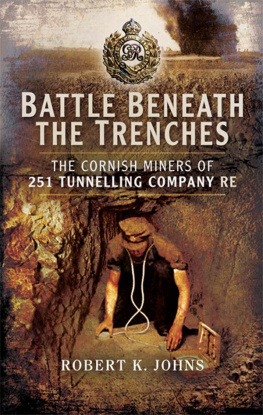



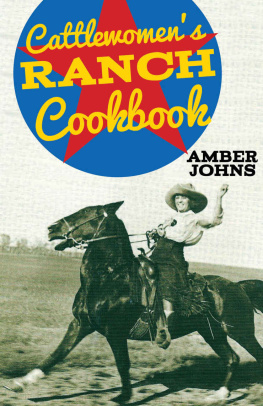
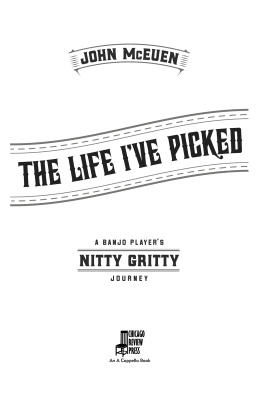
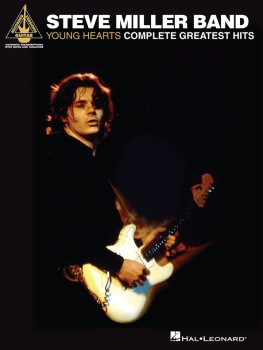


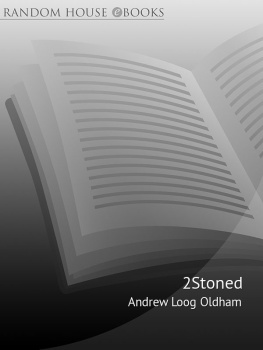
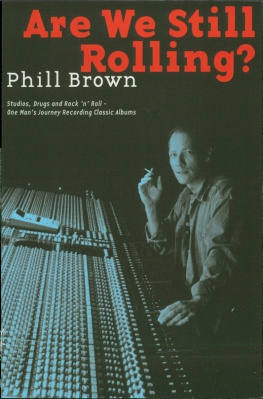
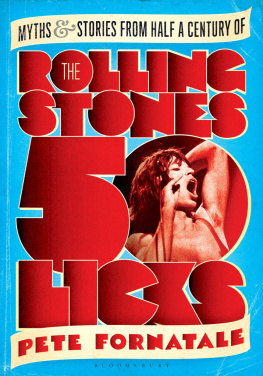

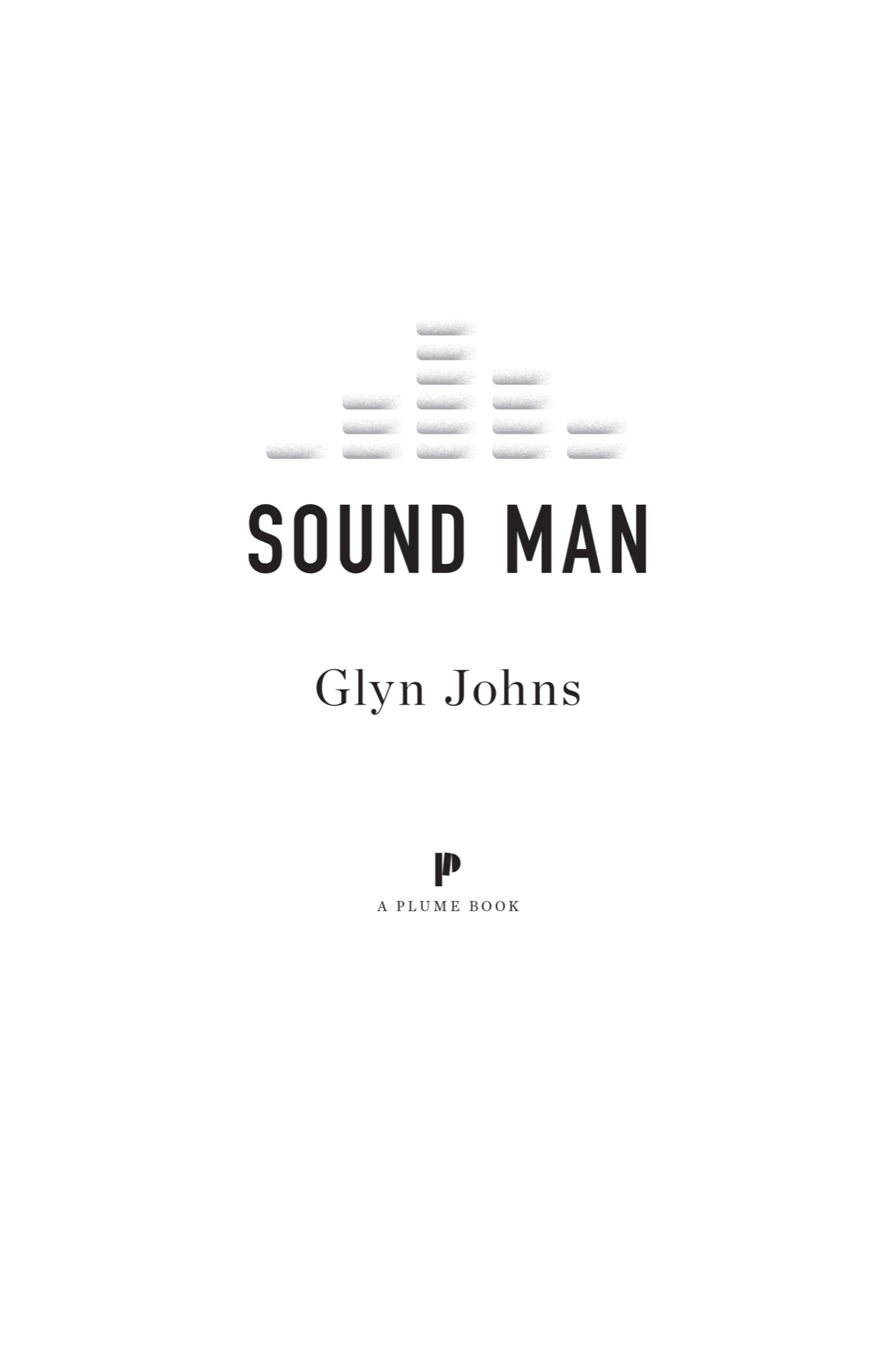

 REGISTERED TRADEMARKMARCA REGISTRADA
REGISTERED TRADEMARKMARCA REGISTRADA